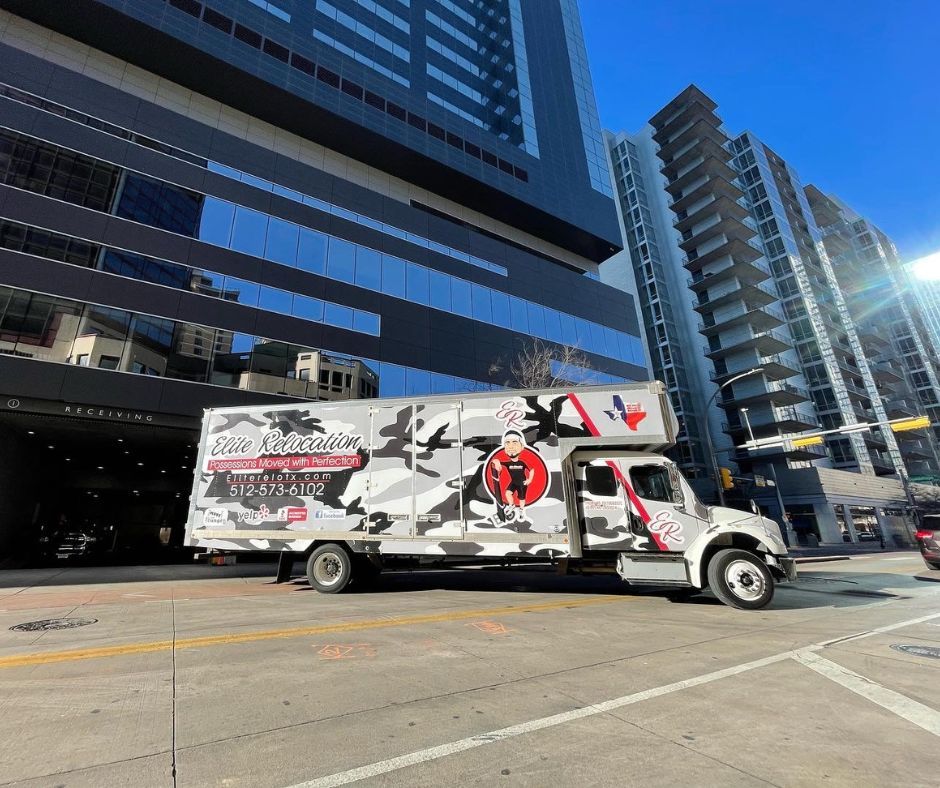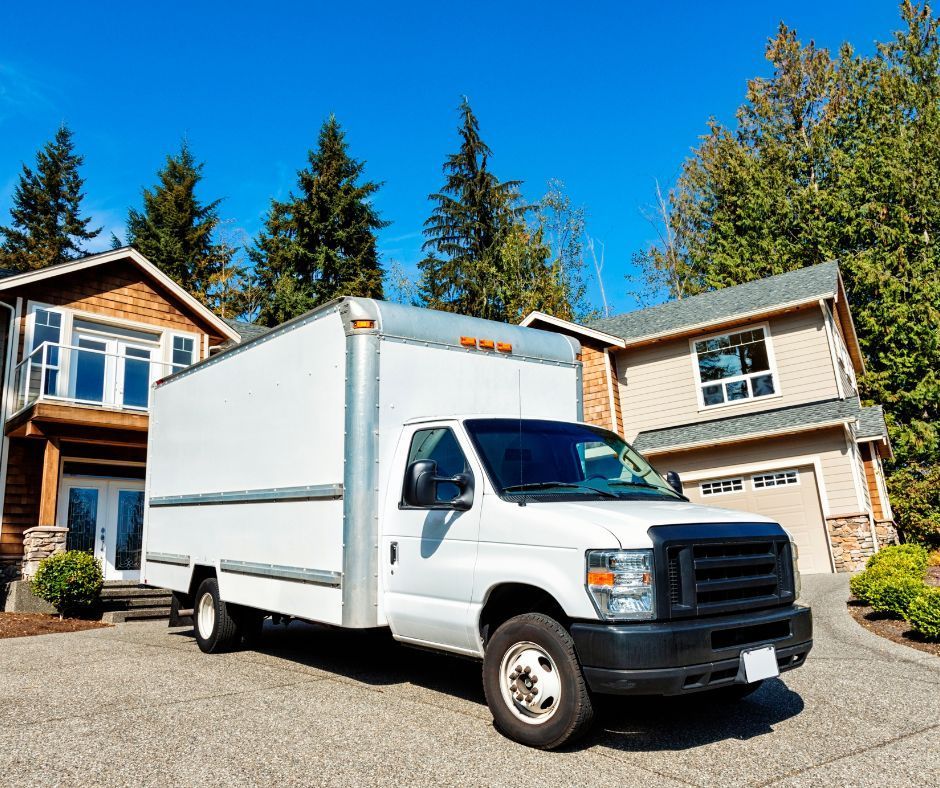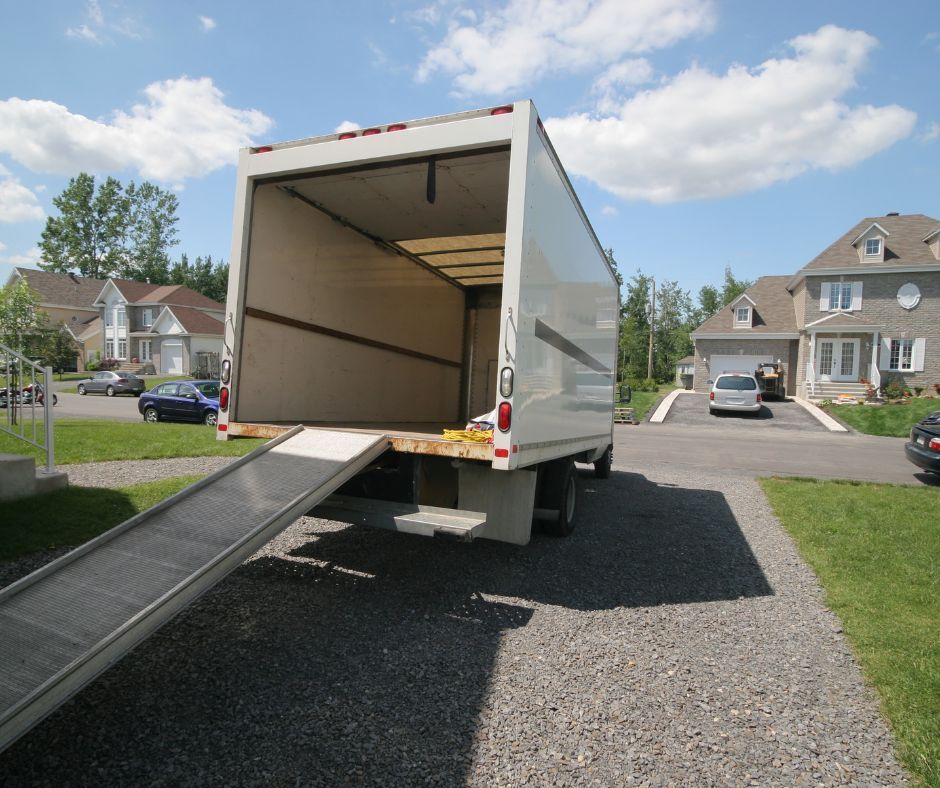Contact Elite Relocation Today
Phone: 512.573.6102
Email: elite.relocationtx@gmail.com
Address:
508 Suzzane Rd, Pflugerville, TX 78660
How To Choose The Right Moving Truck For Your Move: A Guide
Moving can be an exciting yet stressful process. There's a lot to consider, from packing up your belongings to figuring out the logistics of getting everything to your new home. One of the most important decisions you'll make is choosing the right professional movers that allows you to hire a truck for your move. With so many options available, it can feel overwhelming at times. That's why we've compiled this guide on choosing the right moving truck for your move.
In this guide, we'll cover everything from understanding what size moving truck you need, where to find one and tips for ensuring you get the best deal possible. We'll also advise on getting organized and staying safe during the move – both crucial for a successful relocation. With our help, you can confidently select the right moving truck that meets all your needs and budget requirements.
So if you're ready to learn more about choosing the perfect moving truck for your next relocation adventure, keep reading! We'll provide all the information and resources you need to make this process as stress-free as possible.
Assessing Needs
When choosing the right moving truck, you must accurately assess your needs. For example, what size of truck do you need? How much furniture will you be transporting? To help make your move easier, here are a few tips on assessing your needs before selecting a moving truck.
First and foremost, consider the volume of items that need to be moved. This is a crucial factor when deciding the size of the truck. You will only need a large vehicle if you drive a few items. On the other hand, if you're transporting furniture and several boxes of belongings, opting for a bigger car is recommended. Inventory and measure all furniture pieces to fit in the chosen truck.
Distance also plays a vital role in determining which type of vehicle works best for your move. For example, long-distance moves may require extra features such as climate control or additional storage space, depending on how much space is available in the back of the truck. Therefore, it's essential to research different options before settling on one type of vehicle to ensure it suits your needs best.
Choosing the right moving truck requires careful consideration and planning ahead of time. Make sure to factor in all aspects, such as size, distance, and features, before making your final decision so that you can have an easy and successful move!
Researching Companies
Now that you have assessed your needs and know what size of rental trucks to rent, it's time to start researching companies. Again, the internet can be an excellent resource for finding reputable moving companies with competitive rates. But, again, review reviews and compare prices before committing to any particular company.
When looking into potential rental companies, check if they offer truck insurance coverage. This way, you can ensure that your possessions are adequately protected in case of an accident or other unforeseen incident. Additionally, ask about the age of the truck you are planning to rent - older trucks may not be as reliable as newer models.
Before signing on the dotted line, ensure you understand all the terms and conditions of renting from a particular company. If there are any hidden fees or other surprises that come up during your move, these could cost you more money than expected. Be sure to get all the information in writing so that you are aware of precisely what is included with your rental.
Comparing Vehicle Types And Sizes

In choosing a moving truck, there are several types and sizes to consider. It's essential to think about the size of your move, what you will be bringing with you, and how long you plan on renting the vehicle when deciding.
The most common type of moving truck is the box truck. This option is typically the largest available and can hold up to 800 cubic feet of cargo. They also come in different heights, so measuring your items before selecting them is best. This may be the best choice for transporting large furniture or appliances.
A pickup truck would suffice if you're not moving an entire house but rather just a few pieces of furniture or boxes of belongings. Pickup trucks have smaller cargo beds than box trucks but can still hold up to 500 cubic feet of cargo. Additionally, pickup trucks usually have more comfortable seating than box trucks and often provide better gas mileage.
No matter which type of vehicle you choose, be sure to research beforehand to find one that fits all your needs and budget.
Understanding Rental Policies
When looking for a moving truck, it's essential to understand the rental policies in Texas. Most companies will require a valid driver's license, proof of insurance, and a deposit at the time of reservation. Read all the terms and conditions to know what is required before renting. It's also important to ask about any additional charges that may apply, such as mileage fees, fuel surcharges, or late return fees.
It would be best if you also considered the types of coverage available. For example, many companies offer basic liability coverage, which covers property damage due to an accident while driving a truck. You may also want to purchase additional coverage, such as collision protection or personal effects coverage if something happens during your move.
Finally, make sure you check out all available discounts that may be available when renting a truck. These could include military deals, AAA discounts, senior discounts, or even student discounts. Remember to compare rates and read reviews before deciding which company and truck to rent.
Determining the Number Of Drivers Required
Now that you understand the rental policies, it's time to figure out how many drivers you need for the move. Most rental companies generally require a minimum of two drivers for any truck over 15 feet. This means that if you're renting a 20-foot truck, you must have at least two drivers with valid driver's licenses and proof of insurance.
It's important to note that some states may have stricter regulations regarding large vehicles on the road. So if your move takes you across state lines, check local laws before deciding how many drivers are required. Additionally, some cities may need additional drivers if you plan on driving during peak hours or in congested areas.
When selecting the correct number of drivers for your move, consider who will be available to help and whether they are comfortable driving a large vehicle. To ensure safety and efficiency on your journey, ensure everyone is familiar with driving a large truck before hitting the open road!
Checking Insurance Requirements
Insurance is one of the essential considerations. Before you rent a car, make sure you understand any insurance requirements that may be in place. Here are some key points to consider when deciding on insurance:
- Ask about insurance coverage provided by the rental company. Many companies will offer a different range for an extra fee.
- Check if your existing car or homeowners' insurance policy covers rental trucks. You can get coverage at no additional cost.
- Understand what types of insurance are available and which are best for your situation. For example, comprehensive coverage may protect you from damage caused by storms or other natural disasters, while liability coverage can protect you from third-party claims resulting from an accident.
- Consider whether you need to purchase additional coverage. For example, if you're renting a giant truck or moving long distances, paying extra for more comprehensive coverage might make sense than what's included in the basic package.
- Ensure you have all the paperwork and documentation for your rental truck and its insurance requirements before signing the rental agreement.
Your peace of mind is worth taking a few extra steps to ensure all of your bases are covered regarding insurance. First, ensure you understand all the details before signing off on any agreements related to renting a moving truck so there won't be any surprises later.
Comparing Prices And Discounts

When it comes to moving trucks, there's no one-size-fits-all solution. That's why it's important to compare prices and discounts before deciding. Start by researching rental companies near you. Check their websites for any deals or discounts they may have available and any additional fees associated with the rental. Also, look into any company's loyalty programs, which could offer discounted rates over time.
It's also worth considering the fuel cost when comparing prices and discounts. If you're only renting the truck temporarily, gauging the price per mile can help you determine which option is more economical. Additionally, some companies offer unlimited mileage, so if you plan on travelling far during your move, this could be an attractive option.
Lastly, consider if insurance is required for your particular type of move. This can sometimes add to the overall cost but can provide extra protection if something goes wrong during transit. Ultimately, researching will help ensure you get a great deal on your moving truck rental and make your move affordable.
Scheduling Delivery And Pickup Times
Consider critical factors when scheduling delivery and pickup times for your moving truck. First, ensure you have enough time to load or unload the car. Next, you should plan for traffic delays and other unexpected issues during the move—lastly, factor in any additional fees associated with late pickups or deliveries.
Here is a list of guidelines to help you choose the best times for delivery and pickup:
1. Determine how long it will take to load or unload the truck.
2. Plan for possible traffic delays on your route.
3. Check for any additional fees associated with late pickups or deliveries.
4. Schedule enough time before and after the planned delivery date if any unforeseen problems arise during the move.
Once you have considered all these factors, you can book your rental truck confidently, knowing that you have chosen a suitable delivery and pickup time frame for your move.
Preparing The Vehicle For Loading And Unloading
It's essential to prepare the moving truck for loading and unloading items. Before you begin, be sure to check the condition of the car. Look for any damages, such as dents, scratches, or rust on the outside. Ensure that all lights are working correctly and that there are no fluid leaks. If you find any problems, report them to the rental company immediately to address them.
Also, inspect the inside. Test all locks and latches on the doors and compartments to ensure they're secure. Also, ensure that any straps or tie-downs inside the truck are in good condition. If necessary, get replacements from your rental company before loading your items.
Finally, measure where you plan to place all your items inside the truck before packing them up. This will help ensure that everything fits snugly and securely without being crammed in too tightly or leaving gaps between objects which could cause something to shift during transport.
Ensuring Correct Weight Distribution
Now that you've prepared the vehicle for loading and unloading, it's time to ensure correct weight distribution. This is an essential step because an incorrectly loaded moving truck can be dangerous to drive and may only be able to carry some of your items. These are three ways you can make sure your move is safe and successful:
1. Place heavier items first
Put heavier items near the truck's cab. Having the most hurtful things near the driver's seat will help balance the weight in the back of the car so it doesn't pull or veer during driving.
2. Secure fragile items
Use bubble wrap, blankets, or other packing materials to prevent breakable items from shifting around during transit. You could also tie down larger furniture pieces with straps or ropes so they won't slide around in the truck on sharp turns or stops.
3. Stack boxes evenly
When packing boxes in a moving truck, ensure that each layer is even and spread across the entire space of the trailer bed. This will distribute weight evenly across all four corners of your load for better stability while driving.
Following these tips lets you rest easy knowing your move is safe and secure!
Deciding What To Pack In The Truck
Packing a moving truck is no easy task, and you'll need to put some thought into it. Start by narrowing down the items that will be going in the car: what do you need, and what can you leave behind? Make sure to pack all of the essential things first, such as clothing and bedding. You should also include any necessary documents and valuables.
Once you've identified the essentials to go in the truck, it's time to start packing. First, cover all your furniture with blankets or plastic wrap if necessary, as this will protect it from damage during transport. Next, utilize any extra space in the truck for smaller items like boxes of books and clothes. Again, getting creative here is essential; furniture pieces like dressers or chairs create additional storage space inside the car.
When loading your moving truck, evenly distribute the weight for safety reasons. This means placing heavier items towards the bottom of the car and lighter items towards the top. With careful planning and consideration, you can ensure that everything makes it safely to its destination!
Protecting Your Belongings During The Move
It's essential to protect your belongings during a move. You can do this in several ways, including using moving blankets and packing materials. Moving blankets will help protect furniture from scratches and dents while providing insulation in the truck if it's a long-distance move. Packing materials can help secure items within boxes so they are not damaged in transit. Using bubble wrap or packing paper to line the inside of packages is also a good idea.
You should also ensure that the truck's loading area is free of debris which could damage your items during loading. Inspect the cargo area for sharp objects or nails before loading the car. If you find any, remove them before putting your belongings in there.
Finally, inventory all your items and document their condition before loading them onto the truck. If anything gets damaged during transport, you'll have proof that it was already broken or scratched when you loaded it onto the car. That way, you'll know who is responsible for replacing it or getting compensated for its loss.
Now that you know how to choose the right moving truck for your move, it's time to make the final decision. Consider all the factors you need to consider, such as vehicle types and sizes, rental policies, weight distribution, and what to pack in the truck. All these things are essential to ensure your belongings are safe and secure during the move.
Once you have determined which type of truck is best for your move, different research companies to compare prices and rental policies before making a final decision. Remember that renting a car is an investment; selecting one that will provide enough space for all your belongings while remaining within your budget is vital.
By taking all these steps before selecting a moving truck, you can rest assured that your belongings will arrive safely at their new destination. Then, once everything is ready to go, you can confidently begin this exciting journey!
Contact us
Our services
Useful Links
All Rights Reserved | Elite Relocation

